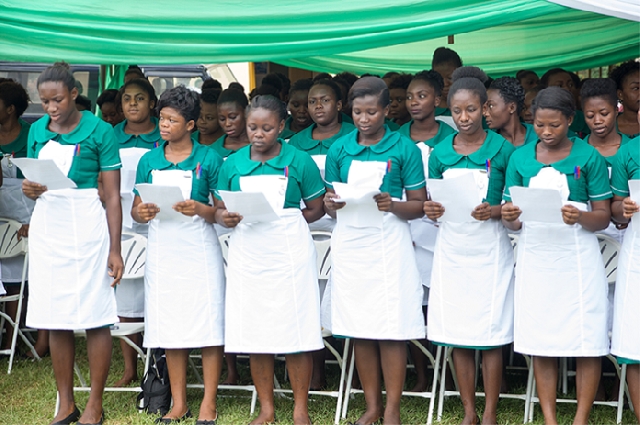GHS outlines immunisation schedule against polio

Children between zero and 59 months old living in six districts of the country will from September 4 to 7, this year, be vaccinated against polio.
The areas to be covered are Chereponi, Bumkurugu, Gushegu, Saboba, Tamale and Sagnarigu.
The exercise, Round Zero of Three Rounds of Polio Immunisation, is the Ghana Health Service (GHS) and its partners immediate response to the case of a two-year-old girl who had tested positive to having the Type Two polio virus in Chereponi and, also, detection of type two polio virus in environmental samples from the Tamale metropolis in the Northern Region last July.
The Deputy Programme Manager of the Expanded Programme on Immunisation (EPI), Mr John Frederick Dadzie, who disclosed this in an interview with the Daily Graphic, indicated that round one of the exercise would come off in October this year and would target children between the same age group living in the entire Northern and Upper East regions.
Immunisation schedule
Giving an outline of the GHS immunisation schedule, Mr Dadzie said round two of the exercise would come off in November this year and would cover the whole of the Northern and Upper East regions.
“Then early next year, there are plans to immunise all children across the country between ages two and four who missed protection against the type two polio when Ghana switched from Trivalent Oral Polio Vaccine (tOPV) to Bivalent Oral Polio Vaccine (bOPV). This will be the round three of the exercise,” he said.
He explained that children would be given the vaccine for only type two polio in the rounds zero, one and two, while in round three, the children would be given the Inactivated Polio Vaccine (IPV), which offers protection against type one, two and three of the polio virus.
Mr Dadzie said the exercise was targeted at the specific age groups because children in those age brackets were likely to have missed the immunisation for protection against the type two polio (the type which was detected in the Tamale metropolis) when Ghana switched from the Trivalent Oral Polio Vaccine (tOPV) to Bivalent Oral Polio Vaccine (bOPV) and they did not also receive the Inactivated Polio Vaccine (IPV).
He explained that in 2016, Ghana, in response to the global activity, switched from the use of the tOPV that protected against the type one, type two and type three polio to bOPV which gave protection against only the type one and type three polio.
“After the switch, IPV, which protected against type one, type two and three, should have been introduced to enable children born after 2016 to become protected,” he said.
However, Mr Dadzie said, that was not the case because there was shortage in the supply of IPV globally which was why it got to Ghana last year. Therefore, he said children born between 2016 and 2018 were not immunised against type two polio.
He appealed to mothers to ensure that their children were brought to be immunised when the campaigns began.
Ghana has not recorded any case of polio since 2008 and to sustain the success achieved, the EPI has been organising polio campaigns for children under five years.
Detection of polio
On July 10, this year, the Ministry of Health and the Ghana Health Service, in collaboration with the Noguchi Memorial Institute for Medical Research, announced detection and confirmation of type two polio virus in environmental samples in the Tamale metropolis.
Last Friday, a two-year-old girl tested positive to having vaccine-derived polio at Chereponi in the North East Region of Ghana.
Source: Graphic.com.gh





